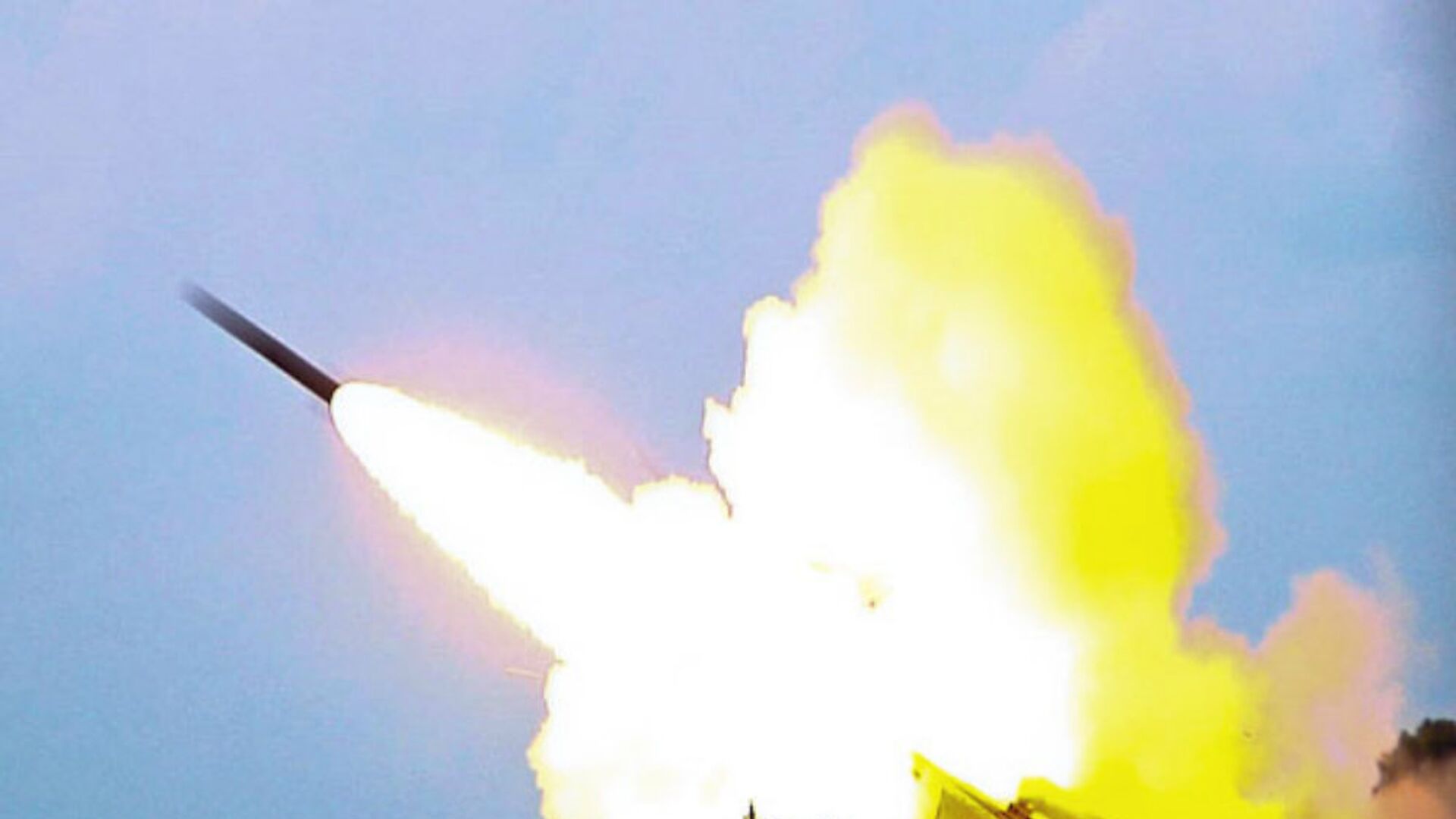The US Army’s primary modernization focus is its Long Range Precision Fires (LRPF) program, intended to give the Army missile and artillery weaponry capable of surface-to-surface strikes from increasingly long distances. However, the head of the US’ bomber fleet let slip earlier this week that he thinks that’s a really dumb idea.
“Why in the world would we entertain a brutally expensive idea when we don’t, as the [Defense] Department, have the money to go do that?” Gen. Timothy Ray, who leads Air Force Global Strike Command, asked the hosts of the Mitchell Institute’s Aerospace Advantage podcast released on Thursday.
“I’ve had a few congressmen ask me. And you know what? Honestly I think it’s stupid,” Ray continued, according to Defense News. “I just think it’s a stupid idea to go and invest that kind of money that recreates something that the service has mastered and that we’re doing already right now. Why in the world would you try that? I try to make sure that my language isn’t a little more colorful than it is, but give me a break.”
In particular, Ray argued it would be hard to sell regional partners in Europe and Asia on the Army’s new weapons, whereas bombers have “a proven capability” to strike targets at extended range.
According to Army Secretary Ryan McCarthy, the service has already spent $1.3 billion on its LRPF program and he asked lawmakers last month to okay another $1.7 billion for fiscal year 2021, $800 million of which will go towards a ground-launched hypersonic missile battery. In all, the Army foresees spending $10 billion over the next decade on LRPF.
Some of the other weapons developed by the Army for the program have included the M982A1 Excalibur extended range guided artillery shell, with a range of 43 miles, and the Extended Range Cannon Artillery (ERCA), the massive mobile cannon that fires it. Many are more recent additions, since their longer ranges potentially violated the terms of the 1987 Intermediate-Range Nuclear Forces (INF) Treaty, which then-US President Donald Trump allowed to lapse in 2019. The treaty banned American and Russian ground-launched missiles with ranges of between 500 kilometers and 5,500 kilometers (310 to 3,420 miles), which were feared for their ability to conduct a lightning-quick nuclear strike.
Another weapon created under the program include the Precision Strike Missile (PrSM), a longer-range missile that will replace the Army Tactical Missile System (ATACMS) fired by the High Mobility Artillery Rocket System (HIMARS) platform. The Army is also adapting the US Navy’s Tomahawk cruise missile and Standard Missile 6 (SM-6), originally an air defense weapon converted to surface strike.
With such ultra-long ranges, these weapons are expected to rely on “spotter” aircraft, which could be drones but also F-35 Joint Strike Fighters, which have proven in tests to be able to transmit accurate targeting information on enemy positions to HIMARS units.
However, the Marine Corps’ long-range fires program has proven no more popular: in December, lawmakers gutted the USMC’s budget for developing its own version of the Tomahawk as well as a ground-based version of the Naval Strike Missile. The UMSC is looking to revamp its warfighting doctrine, shifting away from heavy land fighting units and toward a combination of naval units and deployable front-line assets like the HIMARS, which can be flown into forward areas at the start of a conflict and then quickly moved again.

